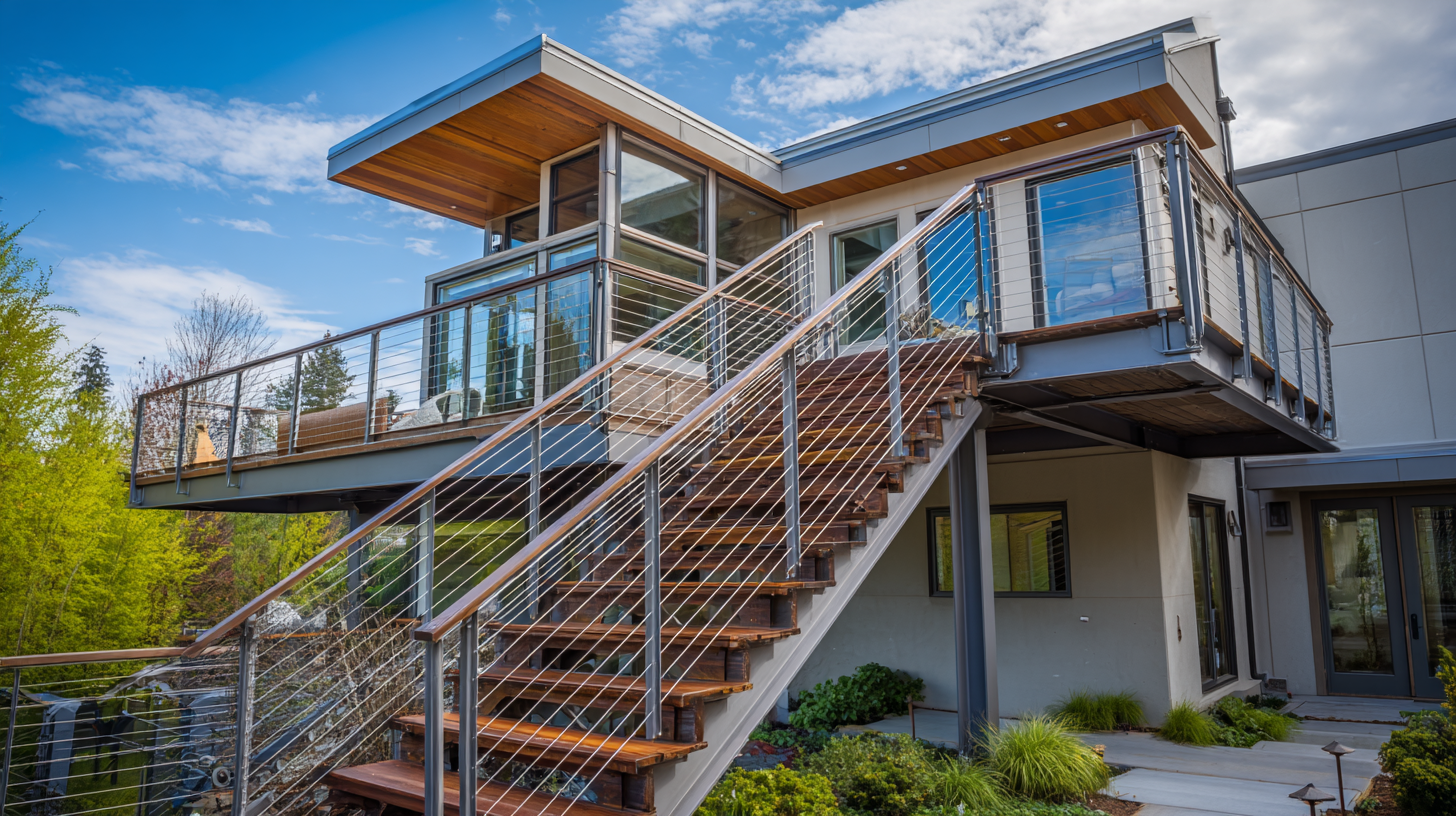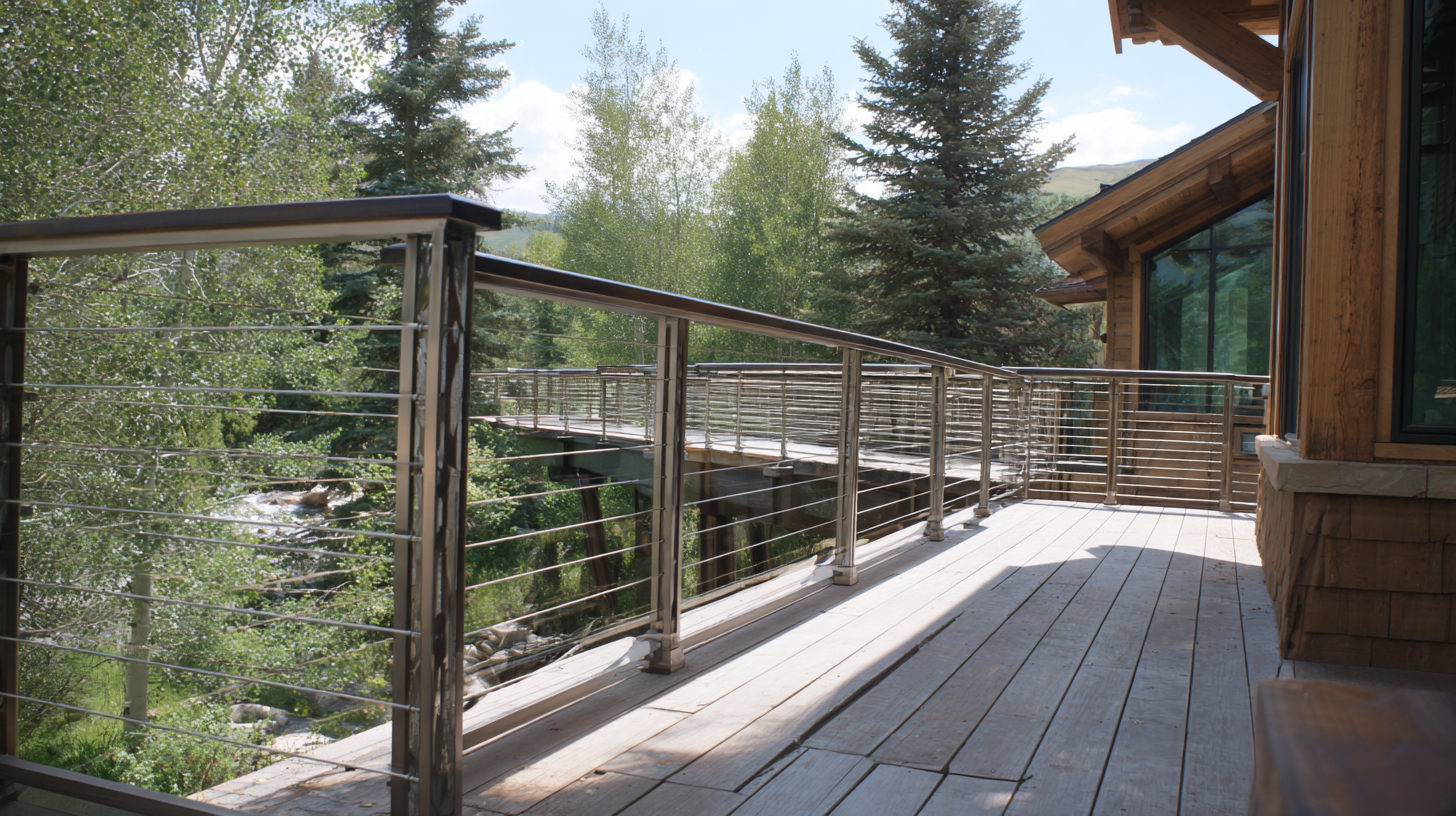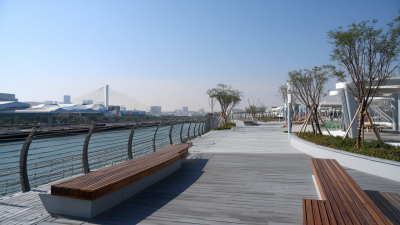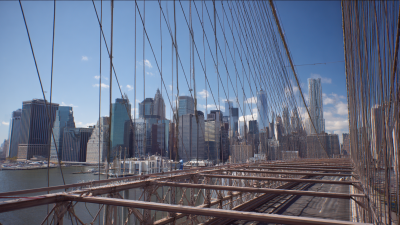Exploring the Benefits and Design Options of Modern Cable Railing Systems for Homes
In recent years, cable railing systems have gained significant popularity in residential design, becoming a preferred choice for modern homes. These innovative railing solutions not only enhance the aesthetic appeal but also provide unparalleled safety and visibility for both indoor and outdoor spaces. Featuring sleek lines and minimalistic designs, cable railing systems allow homeowners to enjoy unobstructed views while seamlessly integrating with various architectural styles. This introduction seeks to explore the myriad benefits of cable railing systems, including their durability, low maintenance requirements, and versatility in design options. By understanding the different types of cable railing systems available, homeowners can make informed decisions that elevate their living spaces while ensuring safety and functionality.

Benefits of Cable Railing Systems in Enhancing Home Aesthetics and Value
Modern cable railing systems have become a preferred choice for homeowners looking to enhance both the aesthetics and value of their properties. These sleek and contemporary designs provide a minimalistic look that emphasizes the beauty of outdoor views, making spaces feel open and airy. According to a report by the National Association of Home Builders (NAHB), homes featuring modern railing systems can see an increase in property value by up to 5% due to their appeal and functionality. The versatility of cable railings allows them to complement various architectural styles, from traditional to modern, effectively elevating a home's exterior while ensuring safety.
When considering cable railing systems, homeowners should prioritize materials that offer durability and low maintenance. Stainless steel cables, for example, provide excellent corrosion resistance, making them ideal for coastal areas. Additionally, opting for powder-coated finishes can improve the lifespan of the railing systems while enhancing their visual appeal.
Tips:
1. Assess your surroundings before installation; choosing colors that blend with your exterior can create a seamless look.
2. Consider the cable spacing not only for aesthetics but also for adhering to safety regulations, ensuring that they are installed in accordance with local building codes.
Exploring the Benefits and Design Options of Modern Cable Railing Systems for Homes - Benefits of Cable Railing Systems in Enhancing Home Aesthetics and Value
| Feature | Description | Aesthetic Benefit | Value Increase |
|---|---|---|---|
| Material Options | Available in stainless steel, aluminum, or composite materials. | Provides a modern and sleek look. | Can enhance market value by appealing to buyers. |
| Safety | Meets safety regulations while offering unobstructed views. | Maintains a streamlined appearance without compromising safety. | High-quality installations can increase perceived value. |
| Versatility | Can be used in various settings such as decks, patios, or indoor spaces. | Easily adaptable to different architectural styles. | Broader design appeal may lead to a higher resale price. |
| Maintenance | Low maintenance required, especially with stainless steel options. | Maintains pristine look over time, enhancing aesthetic appeal. | Lower upkeep costs can attract potential buyers. |
Key Design Options for Modern Cable Railings: Materials and Finishes
Modern cable railing systems have emerged as a popular choice for homeowners seeking a contemporary aesthetic and increased safety. When considering materials and finishes for these railings, stainless steel and aluminum are top contenders due to their durability and low maintenance requirements. According to a recent industry report by Grand View Research, the demand for stainless steel cable railings is expected to grow at a compound annual growth rate (CAGR) of 5.8% through 2028, highlighting their appeal in modern architecture.
Finish options further enhance the adaptability of cable railings. Homeowners can choose from powder-coated, brushed, or polished finishes depending on their style preferences. A powder-coated finish, for example, offers a wide range of colors while providing excellent resistance to corrosion, making it ideal for various climates. Additionally, the report indicates that nearly 60% of consumers prioritize finishes that provide both aesthetic appeal and longevity when investing in railing systems.
Tip: When selecting your cable railing materials, consider the specific environmental conditions of your home. If you live in a coastal area, opting for marine-grade materials can significantly extend the lifespan of your railing.
Another essential aspect is the spacing of the cables themselves. Codes often require cables to be spaced no more than 4 inches apart to prevent the hazard of a child or pet slipping through. Choosing a design that balances aesthetic appeal with safety compliance is crucial for any modern homeowner.
Safety Standards and Codes Influencing Cable Railing Installation
When considering the installation of modern cable railing systems in homes, it is crucial to understand the safety standards and building codes that govern their use. Compliance with local and national regulations ensures not only the safety of the occupants but also the longevity of the installation. The International Building Code (IBC) and specific guidelines set by the American Society for Testing and Materials (ASTM) provide essential criteria for cable spacing, tension, and structural integrity. Homeowners should always consult their local building authority to confirm the specific codes applicable to their area before proceeding with installation.
Tips for selecting a cable railing system include choosing a design that not only enhances aesthetic appeal but also meets safety standards. Opt for materials that are resistant to corrosion if your railing will be located in an outdoor environment, and ensure that the cable is tensioned properly to prevent sagging. Additionally, consider integrating protective components like post caps and end fittings that comply with local code requirements to provide added security and durability.
It’s beneficial to research and understand the warranty and maintenance aspects of the railing system you choose. Some manufacturers offer extended warranties that cover defects and failures, which gives homeowners peace of mind. Regular inspections and maintenance can prevent potential issues, ensuring that your railing system remains safe and visually appealing over time.
Exploring the Benefits of Modern Cable Railing Systems
Comparative Analysis: Cable Railing vs. Traditional Railing Systems
When comparing cable railing systems to traditional railing options, several factors come into play that can significantly influence a homeowner's choice. Traditional railings, often made from wood or metal, can provide a sense of stability and familiarity. However, they may obstruct views and take up more visual space due to their bulkier structures. In contrast,
 cable railing systems utilize thin stainless-steel cables stretched between posts, allowing for unobstructed sightlines, which can enhance the overall aesthetic of a home, especially for properties with scenic views.
cable railing systems utilize thin stainless-steel cables stretched between posts, allowing for unobstructed sightlines, which can enhance the overall aesthetic of a home, especially for properties with scenic views.
Additionally, cable railing systems tend to require less maintenance than their traditional counterparts. While wooden railings need regular painting or staining to prevent decay, cable railings are designed to withstand environmental elements, reducing the frequency and extent of upkeep. Moreover, the sleek and modern appearance of cable railings often aligns better with contemporary architectural styles, appealing to those looking to create an airy and open atmosphere in their homes. Thus, homeowners must weigh the benefits of visibility, maintenance, and design compatibility when considering cable railing versus traditional options.
Maintenance Requirements and Longevity of Cable Railing Solutions
When considering cable railing systems for homes, it’s important to understand their maintenance requirements and longevity. These systems are designed to be both aesthetically pleasing and durable, but regular care can enhance their lifespan significantly. Basic maintenance includes cleaning the cables and posts periodically to prevent corrosion. For homes in coastal areas, where salt can be a concern, it's advisable to wash the railings more frequently to keep them in pristine condition.
Tips: Use a gentle soap and water solution for cleaning, and avoid abrasive materials that could scratch the surface. Additionally, every few months, inspect the cables for signs of wear or loosening, ensuring they remain secure and safe.

Modern cable railing options, often made from stainless steel or galvanized materials, offer exceptional resistance to the elements, thus extending their longevity. Proper installation is key to durability; ensuring cables are tensioned correctly and that all components are installed according to manufacturer instructions will help mitigate potential issues in the future.
Tips: Consider using a high-quality stainless steel with a protective coating for optimal performance against rust and corrosion, particularly in challenging weather conditions. Regularly check and tighten any fittings, as this simple action can prevent long-term deterioration.
Related Posts
-

Exploring Growth Opportunities for Stainless Steel Cable Railing Systems at the 138th Canton Fair 2025
-

Exploring Cable Railing Innovations at the 138th Canton Fair 2025 in China
-

Transform Your Space with Stylish Cable Railing Kits for Modern Home Designs
-

Why Cable Handrails Are the Future of Modern Stair Design: Safety Meets Aesthetics
-

The Science Behind Stainless Mesh and Its Impact on Modern Industries
-

The Ultimate Guide to Choosing the Right Cable Stair Railing for Your Home Decor